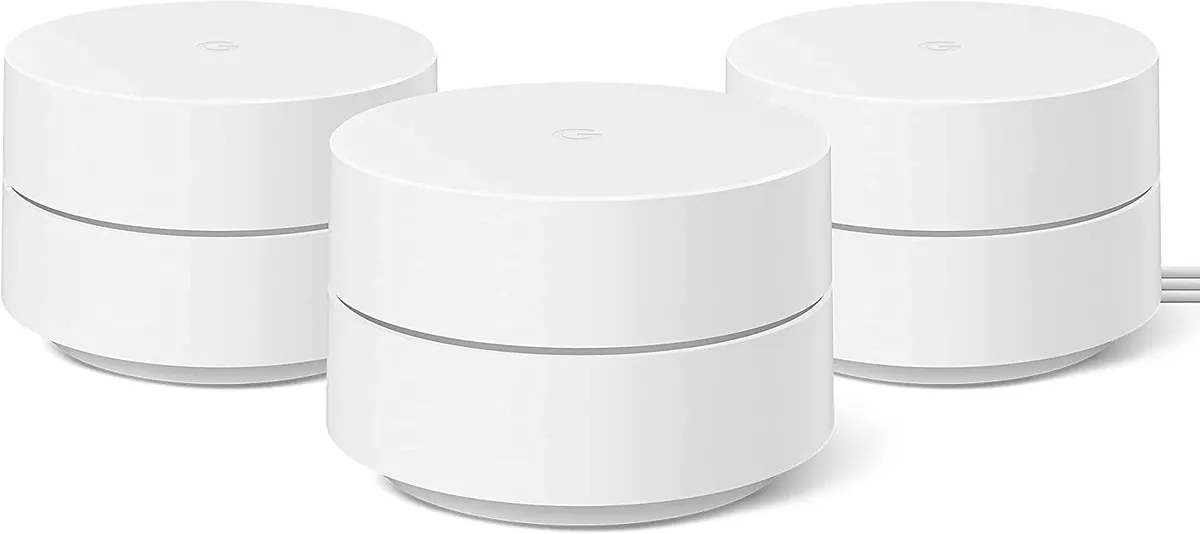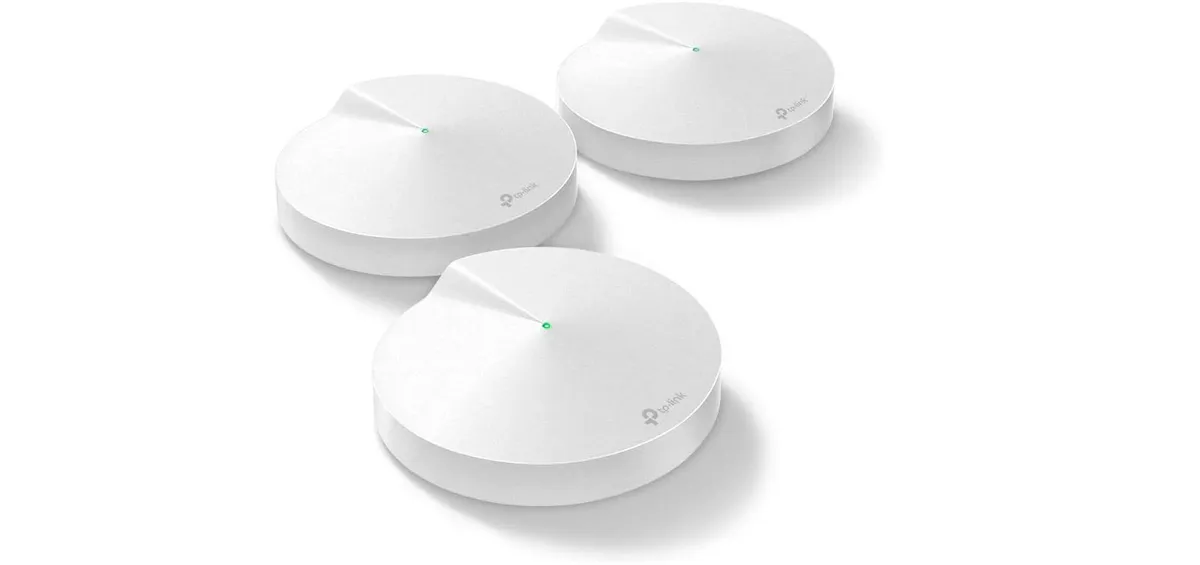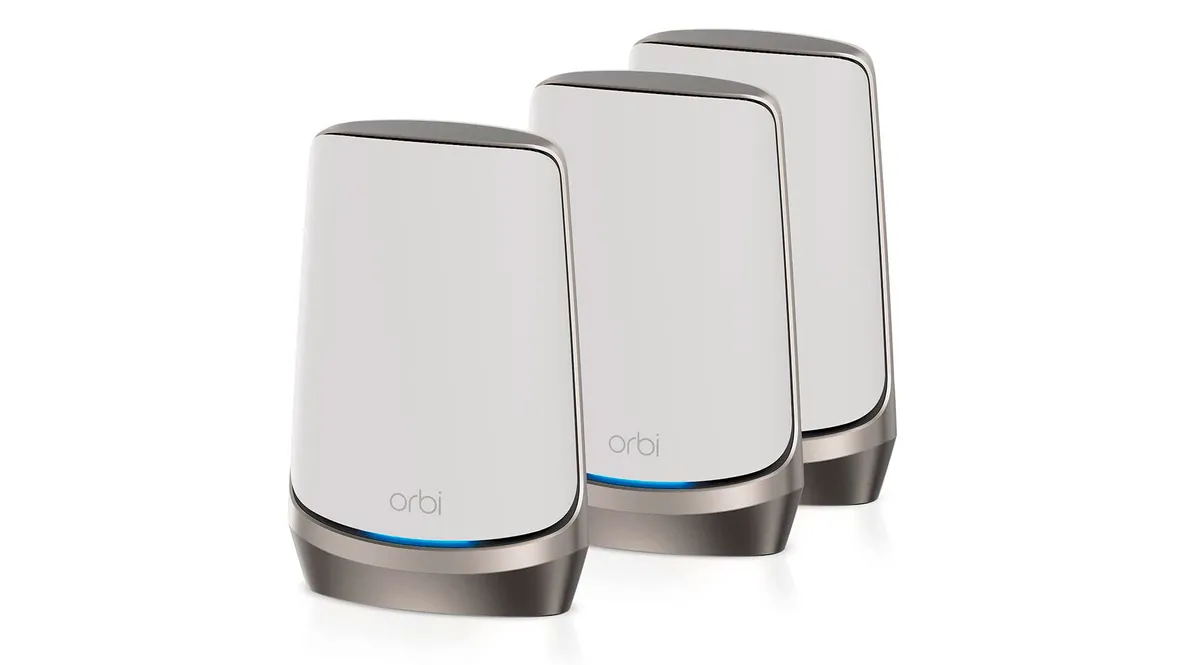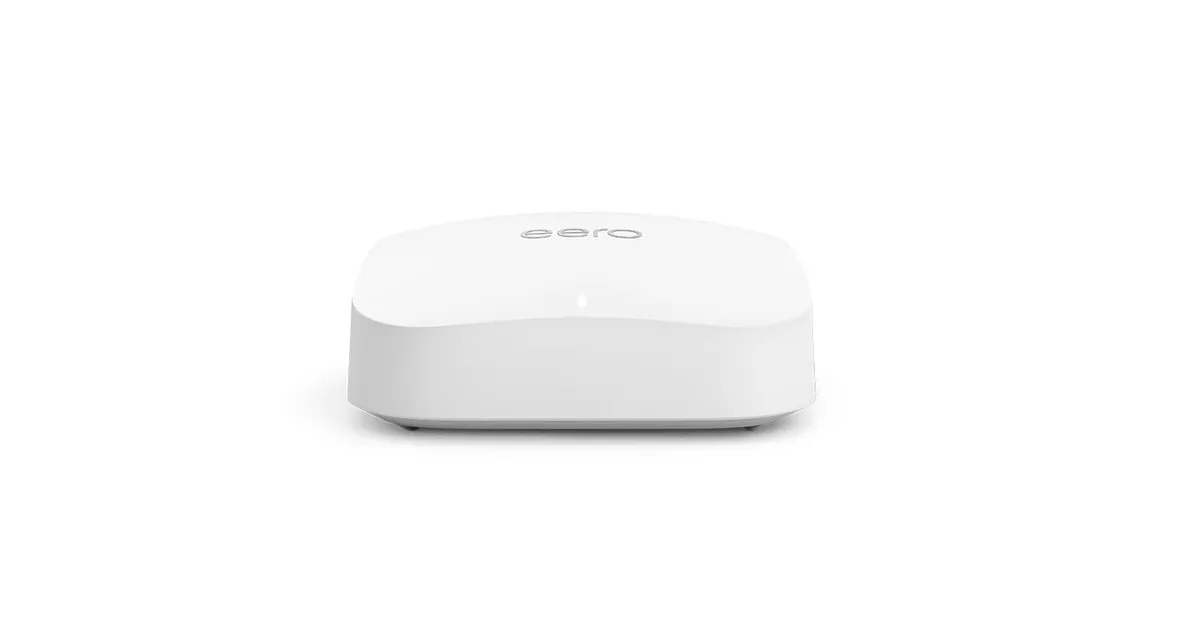You’ve got speakers talking to lights, doorbells wirelessly hooked up to your TV and security cameras firing feeds to your phone. With all that smart home action in play, it’s the wise move to think about whether you’ve created the best environment for all that smart kit to go about its business without connectivity problems.
That’s where mesh networks can come to the rescue. If you have no idea what a mesh network is, why you need one or how to set one up, we’ll take you through the key nitty gritty details of all things mesh and why it’s good to have one supporting your dream of a smart home.
What are mesh networks?
Mesh networks are all to do with connectivity, specifically, the Wi-Fi kind. It’s essentially the idea of putting multiple Wi-Fi points in a space like your home instead of just the single one. Most homes rely on a single Wi-Fi router to spread that data around to different devices that need it.
Those multiple Wi-Fi points in a mesh network can communicate wirelessly with each other to create one big Wi-Fi blanket that your connected devices can all tap into. The devices that can create those points are known as mesh systems, which are made up of multiple units that you place around your home.
How do they work?
Whether you buy a mesh network setup independently or through your internet provider, these systems will either plug directly into your router or modem. The hub device will then communicate with a satellite device placed in another part of the house, which will extend the reach of your Wi-Fi network. You might, for example, connect your mesh network to your router in the living room, and then place a second piece of kit in the kitchen where it can stretch your Wi-Fi coverage out over the garden.
Once they’re chained together, they’ll create that single network where the same password is used for all points in the setup. Systems tend to come in threes, but don't overdo it. If chaining two devices gives you the Wi-Fi coverage you need, it’ll provide the most efficient system for sending your data around the house.

Why do you need one?
The big reason you’d want one is if you have lots of devices spread across your home that require Wi-Fi to function, fighting to use a single Wi-Fi network. It can notably improve Wi-Fi coverage for areas a single router might be struggling to reach. It's a better option than a Wi-Fi extender, since a Mesh network will allow you to walk around your whole house & garden and stay connected - it's a seamless connection, you won't need to switch from one network to another.
In other words, it can wipe out any Wi-Fi deadzones your house might have. It can also reduce the chances of suffering connection dropouts. If there is a drop out at one point in the network, your device can start talking to another point in the system to keep things running. It’s a strong option to get set up in your home if you’ve got a lot of connected kit in play at all times.
Best mesh Wi-Fi in 2023
Google Nest Wi-Fi

Google's mesh Wi-Fi system is a unique offer, supplying both a mesh Wi-Fi system and a collection of smart speakers.
These stylish devices double up to offer audio performance in each room.
While it's a nice added bonus, they also perform well for the actual mesh properties.
It is easy to set up and provides impressive speeds as well as coverage.
- Buy now from Amazon (£189.99)
TP-Link Deco M5

If you're looking to achieve a mesh Wi-Fi setup on a budget, TP is likely the best option to invest in. With the Deco M5 package, you can cover your entire house without the costs found with the likes of Netgear.
It isn't as fast as some competitors, but this mesh system is all about getting as much coverage as possible within your home.
The setup for TP is simple, and unlike some other mesh Wi-Fi systems, this is easy to use with a plain app and not too many complicated features.
- Buy now from Amazon (£143.99), Currys (£149.99),
Netgear Orbi WiFi 6e

Netgear's Orbi WiFi 6e is not for casual users. This is the premium mesh system for those willing to splash the cash on a new top performance system.
This is especially useful if you are looking to cover a large space. With this package, you are able to cover up to 9,000 square feet.
You are also able to have up to 200 connected devices at any time, all on an especially speedy frequency band. This is especially going to appeal to businesses or event spaces.
- Buy now from Amazon (£1469), Selfridges (£1699.99)
eero Home Wi-Fi

Another fairly affordable home Wi-Fi system, eero is all about giving you control over your network.
It can support network speeds of up to 2.3Gbps and can have up to 100 devices connected.
Through the connected app, you can set up advanced online protection through security protocols and AI software.
- Buy now from Amazon (£349)
How do you set up a mesh network?
You know the benefits, you know how it works, so how do you arrange your mesh Wi-Fi network to get that desired result of improving coverage for all of your devices? Placement is key here, particularly as most setups need to be situated in close proximity to plug points to bring those mesh networks to life.
You’ll want the additional modules positioned in open spaces away from other objects that might interfere and block the created Wi-Fi signal. If you’re planning to improve coverage outside of your home, you can opt for weatherproof systems if you want to get a good connection to smart outdoor speakers and lights, for example.
Read more: